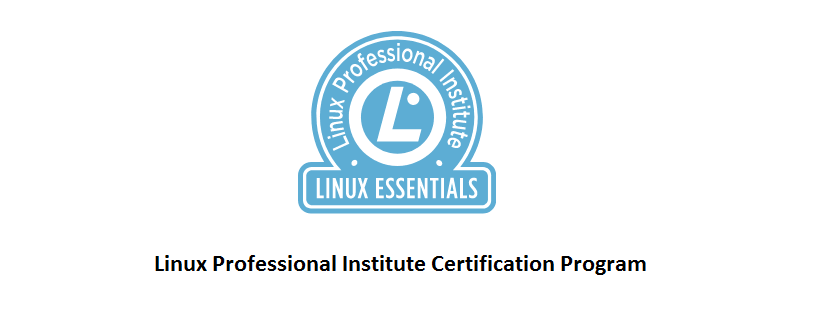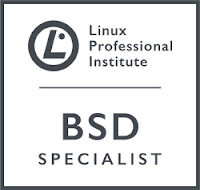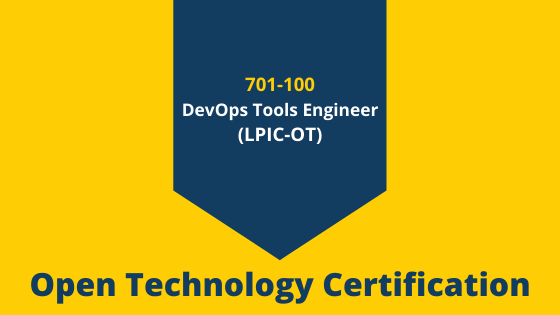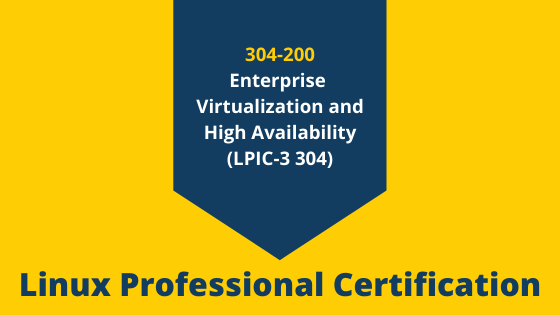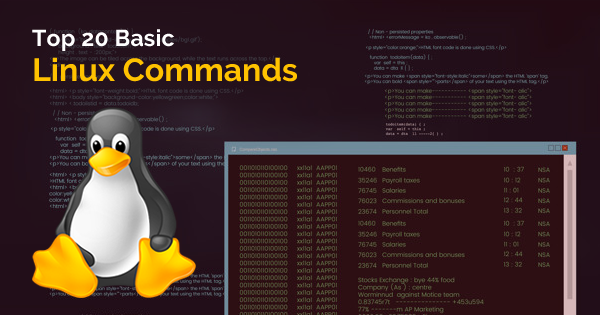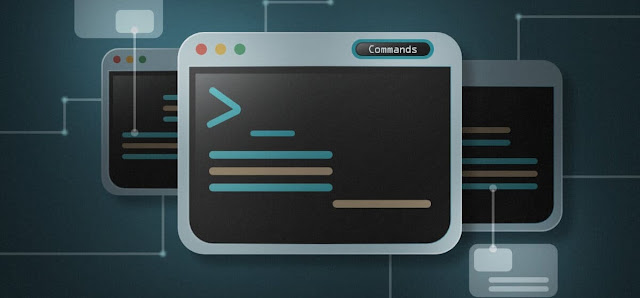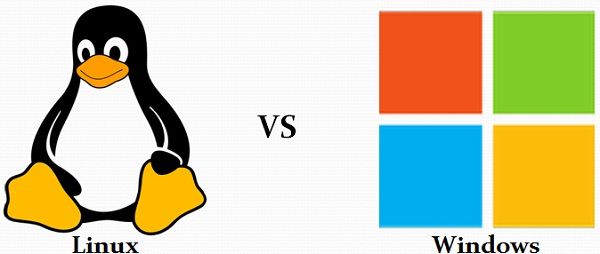Are you planning on buying a new PC? Do you wish to change your current operating system? Are you confused about whether Windows is better than Linux? Then this article is for you which is giving information and comparison between Linux vs Windows. Linux vs Windows is the age-old battle that has been deliberated upon for years now. It is important to stress that the ‘best’ operating system cannot have a single answer, as best really depends upon the requirements of the user. While we discuss the pros and cons of both systems, we hope to deliver a fair review on specific criteria.
Difference between Linux and Windows
But before we begin, let us get to know both the difference between Linux and Windows a little better.
What is Windows Operating System?
The Windows Operating System was first released in 1985 by Microsoft. It now boasts of the largest user base around the globe. With a series of updates over the years, every OS system comes with a unique graphical user interface, which allows users to view files and work on their system. Most of the systems that we see today work on the Windows Operating System, which is designed to work on the x86 hardware, including Intel, AMD and more. The latest version of Windows is Windows 10, which was released in July 2015 as the successor to Windows 8.1
What is Linux Operating System?
The Linux Operating System is an open-source OS created in the early 1990s by Linus Torvalds. Based on UNIX, Linux allows users to modify the existing code and produce different versions or distributions of it, which they can re-use and even sell. Linux has emerged as the top choice for setting up servers, which is why most web pages on the internet are served via systems backed by one of its distributions. The OS is also popularly used in desktops, mobile, consoles, eBook readers and much more.
More Info: 102-500: Linux Administrator - 102 (LPIC-1 102)
Both Linux and Windows may be considered among the top operating systems in the world, and both have cemented their place in the computing world. This article will discuss some characteristics of the two operating systems and draw a meaningful comparison to assist you in selecting the best OS for your needs. Below are some key differences between the two systems:
1. Prince and Licensing
The Linux OS and most of its utilities and libraries are entirely free and open-source for use and modification. While paid distributions of the Linux OS with additional support are available in the market, they are very moderately priced. Linux, under GNU General Public License, allows users to modify, re-use in umpteen number of systems and even sell their own modified versions.
Microsoft Windows OS comes with the Microsoft License, which does not give users access to the source code. Thus, no modification can be performed at the standard user level. The Microsoft License ranges from 70$ to 200$ for its standard versions, and can only be installed on the ‘n’ number of computers as specified in your purchase.
2. Ease of Use
This might be a tough comparison to make, as it may vary from person to person. However, Linux has revamped its usability standing over the years through constant modernization. With the release of distributions such as Linux Mind, the installation, and setup process has been made simpler. Through continuous updates, people with little or no technical knowledge can also install software and perform normal activities such as email, play music and videos and browse the internet.
Due to the market dominance Windows has, it comes pre-installed on many devices. If you are purchasing a new device, there is a high chance that it will come with a Windows OS version installed. With the supremacy it has on the market, a vast majority of users are already accustomed to its interface. Moreover, the easy to use toolbar and easy installation of programs make it an excellent choice for both new and old users alike.
3. Support
As Linux has a huge user base around the globe, there is massive online support available for Linux. The Linux OS community provides support to users through forums, question boards, and support websites.
Windows OS has easily accessible support through integrated and online help systems, dedicated websites and forums. In addition, numerous videos and books about Windows are available online, for people of all skill levels.
4. Variety
As Linux is open-source and can be easily modified, there are a lot of distributions available which are highly customizable, based upon the needs of the user. If you have knowledge of code, you can even alter the code yourself and modify the OS.
In the Windows OS, customization is not easy and only a few user customizations are available.
5. Speed
When it comes to speed, Linux triumphs Windows easily. Unlike Windows, Linux tends to minimize the ‘bogging’ when it comes to the use of multiple processes. The file system Ext4 in Linux does a commendable job at keeping the device efficient. Defragmentation is now dead and buried in Linux. There is no harm in stating that even sensible and minimal use of any Windows OS can slow it down to intolerable and agonizing levels, which can be avoided only if a strict use plan is followed. Memory and Disk hogging is common when multiple processes are being used.
6. Privacy
Over the past few years, Windows has become increasingly advertisement driven. Even though the users can opt out, but Microsoft has now set its view on the advertisement. Moreover, Windows knows what you are doing on your PC, with the sync with OneDrive and behavior analysis through Cortana, to make the assistant better. Many people are fond of the tools that Microsoft Windows offers, but they are intrusive regardless.
Linux users, on the other hand, have an Operating System that takes into consideration the privacy of its users. Linux devices are also equipped with a built-in state of the art encryption, which means that users can be sure of better security and less intrusion from third-party applications
7. Security
Linux is generally more secure than Windows. Even though attack vectors are still discovered in Linux, due to its open-source technology, anyone can review the vulnerabilities, which makes the identification and resolving process faster and easier. Meanwhile, even though Windows has taken long strides in improving its security system over the years, it is still the primary target for malicious hackers. Due to its large user base, Microsoft is always vulnerable to new threats.
8. Run Level
A run level can be defined as the state of init (the first process started during booting) and the whole system which defines what system services are in operation. The run levels are identified using numbers. While Linux can stop at different run levels, Windows will reboot at run level 3 for an administrator to fix the encountered problem.
9. Command Line Usage
In the Linux OS, the command line is a very handy and powerful tool used for administration and daily tasks. In Windows, ‘cmd’ command can be used to open a command line and perform a basic set of operations. It has PowerShell to make up for the limited applications of the command line.
10. Reliability
The Linux OS, since its initial release, set a strong focus on system security, process management, and uptime. Over the years, Linux has never gone wayward on its focus on these. Therefore, it can be termed as a notoriously secure and reliable Operating System.
On the contrary, even though Microsoft has made improvements in its reliability quotient over the years, it is still not at par with Linux. It has let go of many features for the sake of user-friendliness and ease of access, which may lead to system instability and security vulnerabilities, thus making Windows not very reliable in comparison to Linux.
11. System Updates
In the Linux OS, the user has full control over when and what to install updates. Moreover, without the reboot, the update process is even quicker.
Microsoft Windows, however, is infamous for its random updates which pop up at inconvenient times. For novice users who do not know much about update settings, there is no option but to lay back and leave the computer alone while it downloads and installs the updates before a restart is required.
12. Gaming
Windows wins the gaming race by a large margin. Steam, Epic, and many other clients are available to Windows users which provide them with the opportunity to play with both AAA titles and small indie games. While Linux is slowly climbing its way into the gaming market, with the introduction of beta support for many games, it still has a really long way to go. If you purchase a Linux OS, you will be missing out a large number of games. Moreover, Graphic card manufacturers focus their support on Windows due to the larger user base.
Linux vs Windows: Key Points to be Remember
◉ Linux is an open-source OS while Microsoft is a commercial OS
◉ Linux users can access the source code of the OS and make amendments as per their whims and fancies, while the Windows users cannot (not easily)
◉ Linux runs faster than the Windows OS, especially on moderately powerful systems, whereas the Windows OS tends to become slow as time passes
◉ Windows collects data to enhance the consumer experience while Linux doesn’t
◉ In the reliability quotient, Linux is far more reliable than Windows
◉ In gaming, Windows has an upper hand by a huge margin as most developers create games for Windows only
◉ Linux is a highly secure system, and bugs and vulnerabilities can be fixed easily due to its open-source platform, which is not the case with Windows
◉ Over the past few years, Linux has emerged as the go-to system for large business owners due to its features and applications
Source: hackr.io


